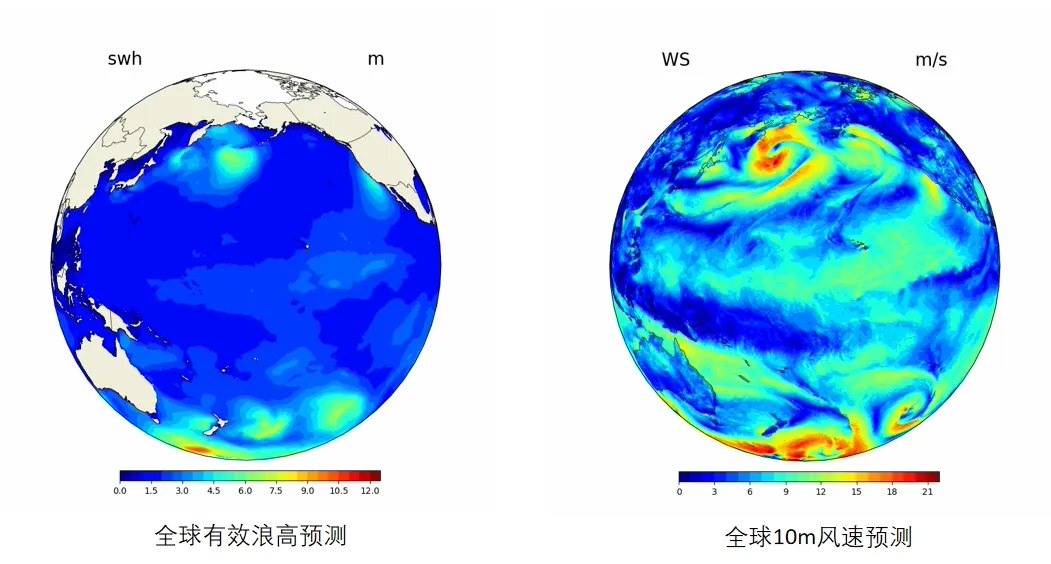fromFudan UniversityThe official public account learned that Fudan University and Shanghai Institute of Science and Intelligence jointly held the "Entering Intelligent Meteorology" theme event and the establishment ceremony of the Intelligent Meteorology Innovation Ecological Alliance yesterday.
At the founding ceremony,FuxiseriesLarge weather model 2.0 (abbreviated as "Fuxi" 2.0) was released, and the Intelligent Meteorological Innovation Ecological Alliance with "Fuxi" 2.0 as the core was established.
Compared with the 1.0 series launched last year, the 2.0 series of FuxiMedium-term weather forecast modelandSub-seasonal model, and has made progress in industries such as new energy and air transportation.

"Fuxi" 2.0 has the following upgrades:
-
Optimize the Fuxi large model for meteorological navigation, improve the temporal and spatial resolution, and achieve0.1 degree hourly weather forecast for the next 15 days
-
Construct an ocean-atmosphere coupling model, incorporating factors such as wind waves, swells, and sea temperature to improve the accuracy of global wind, wave, current, visibility, and other forecasts
-
Optimize extreme weather to improve the prediction accuracy of typhoons, extreme precipitation and other disaster scenarios
For the new energy industry, "Fuxi" 2.0 isThe world's first large-scale meteorological model optimized for new energy, bringing more accurate predictions of wind speed, irradiation and power generation capacity, which can optimize the efficiency of wind and solar power generation, balance the grid load, reduce wind and solar power abandonment, etc.It is equivalent to installing intelligent navigation systems for wind farms and solar power stations..
The R&D team also mentioned the next upgrade plan for "Fuxi":
-
Promote the "end-to-end" meteorological big model, build an assimilation system based on the meteorological big model, realize the assimilation of multiple satellite data (microwave, infrared, etc.), and get rid of the dependence on traditional models
-
Develop a large model of the Earth system to achieve forecasts of the atmosphere, ocean, land surface, and cryosphere, and explore forecasts of atmospheric pollution and climate risks
-
Construct a domestic reanalysis dataset based on a large model and use the large modelBuild completely independent domestic reanalysis data, get rid of the dependence of model training on foreign data